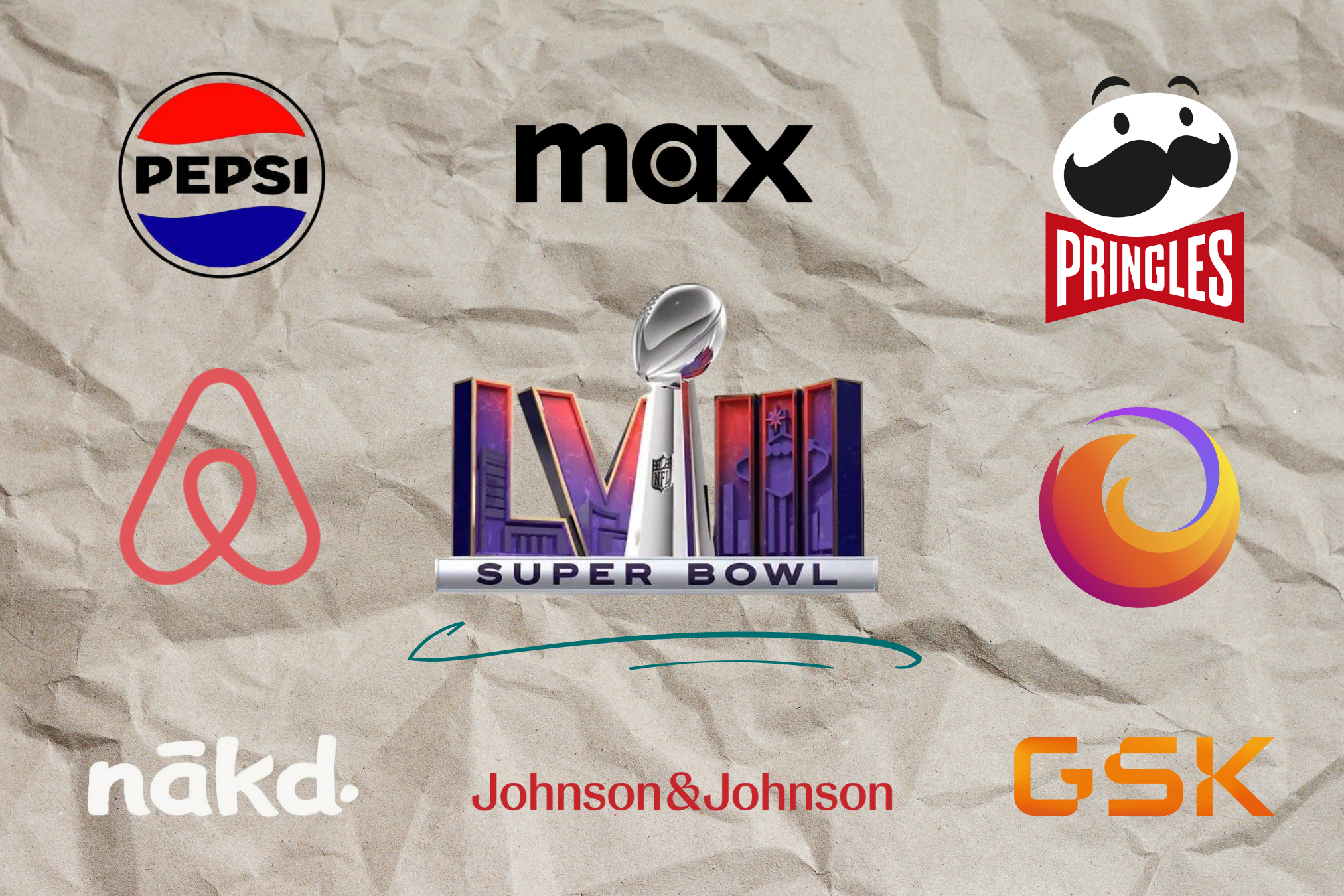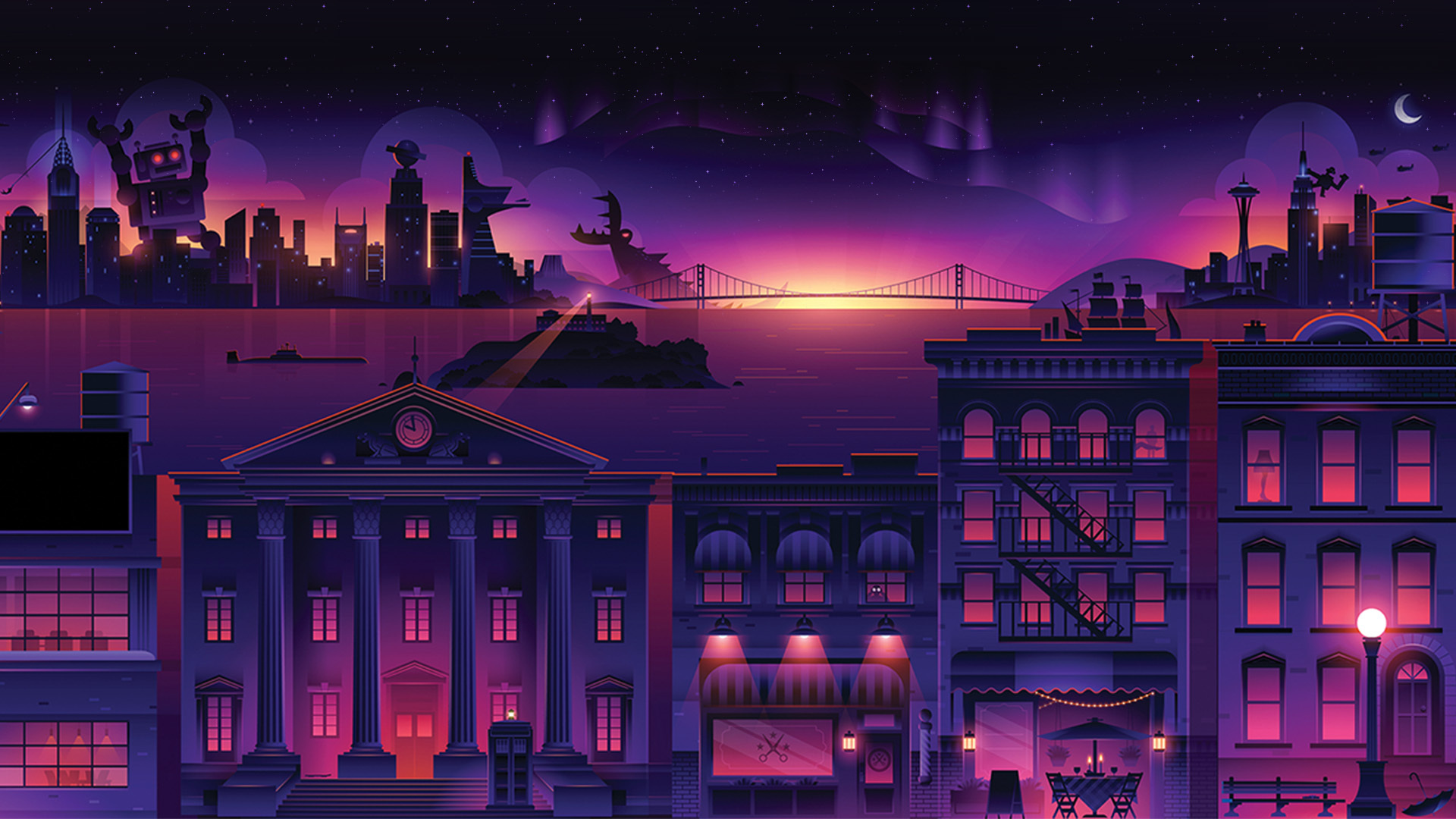The first Hitchcock film I saw was Rear Window. I was mesmerized—not only by the film’s taut suspense and thrilling plotline but also by the economical and stylish approach Hitchcock took to telling the story. I eventually dove deeper, and films like Vertigo, Notorious, and The Birds took their rightful place on my list of most-loved movies. When I eventually went to school for graphic design, I learned about Saul Bass, the designer responsible for a number of Hitchcock title sequences, including Vertigo, Psycho, and North by Northwest. I then discovered that Hitchcock himself had at one point dabbled in graphic design, and everything clicked. It made total sense to me that the man behind these films—which have been celebrated for their bold artistry and visual storytelling—had a background in design and advertising.
Although he was interested in the visual arts from a young age, The Master of Suspense did not initially have dreams of being involved in the movies. A lover of art and design, he enrolled in drawing and design classes in 1916; however, when his father died, it became his job to support his mother and siblings, and he began working as a technical clerk for a telegraph and cable company called Henley’s. He quickly grew bored with the clerical nature of his work, and a higher-up in the advertising department agreed to let him try his hand at ad layouts. It was clear Hitchcock had the skill for it, and he was soon promoted to the advertising department in 1919, where he began drawing graphics and writing copy. As he later told French filmmaker Francois Truffaut, this was his “first step toward cinema.” Later that same year, he worked as a movie title card designer for Islington Studios in Britain.
These early stages of Hitchcock’s career familiarized the director with the principles of design, such as contrast, perspective, shape, line, and movement. It was with these elements that he first learned to economically tell a story through advertising, leading the viewer’s eye and infiltrating their subconscious. This is exactly what he would go on to do in film, albeit on a grander scale. As he himself declared, “My mind is strictly visual.”
Hitchcock is a master when it comes to framing. Each shot is carefully composed, using contrast and perspective to heighten emotion, create suspense, and build character. In North by Northwest, there are two sequences in particular which have been cemented in film history for their brilliant use of contrast and perspective: the first is Cary Grant being pursued by an enemy crop duster—which grows from a dot on the horizon to a giant, murderous machine—and, near the film’s end, a harrowing scene in which Grant and Eva Marie Saint climb the gargantuan, precarious faces of Mount Rushmore. In the memorable Psycho set, Hitchcock varies the shapes of the buildings to create visual interest. As he notes, “The architectural contrast between the vertical house and the horizontal motel is quite pleasing to the eye.” The Psycho house has since become one of the most iconic sets in film history, and is still visited by tourists to this day.
In the 1954 thriller Rear Window—arguably Hitchcock’s biggest crowd-pleaser—the director confines himself to a single set and shoots almost exclusively within or through the window of a single apartment. It is through the windows of the surrounding courtyard buildings that our protagonist glimpses the lives and routines of his neighbors, each window a canvas on which Hitchcock composes minimal but lively tableaus of everyday life. Like an effective logo or ad, these images communicate a massive amount of story with a single glance: a gregarious dancer entertains a roomful of men; a solitary woman dines at a table set for two; a man carries his bride across the threshold. Through Hitchcock’s economic artistry, we not only engage with the plot, but the film’s themes of voyeurism, loneliness, and companionship find their way into our subconscious.
In Psycho’s famous shower scene, Hitchcock uses seventy-eight camera shots to show the murder; however, nudity or actual violence are never seen—instead, we glimpse an extreme closeup of a screaming mouth, a medium close-up of silhouetted figure holding a knife, a pair of feet moving in what appears to be bloody water, and, eventually, the water swirling into the abyss of the drain. Individually, each shot is meticulously composed, but shows only a granule of information; when strung together, they create one of cinema’s most famous and horrifying sequences.
In Strangers on a Train, Hitchcock gives us another iconic murder scene, but this time in a single, twenty-second-long shot. The crime is shown in warped, fisheye reflection through a pair of fallen eyeglasses. These glasses are an important part of the film’s visual language, much like the camera lens in Rear Window, the bell tower in Vertigo, and the stuffed birds in Psycho. “I was quite intrigued with them,” says Hitchcock about these feathered props. “Owls belong to the night world; they are watchers.” These shapes become symbolic, and, like a designer placing an icon on a piece of signage or arranging a group of shapes within a brochure, Hitchcock uses these objects to convey information and arouse emotion.
As Hitchcock commented to biographer Charlotte Chandler, “Klee could have made good storyboards.” He was referring to the German artist Paul Klee, known for his colorful, cubist paintings and surrealist instincts. Hitchcock’s visual sense is equally impeccable, and is at its most brilliant in Vertigo, which in recent years has come to be regarded as one of the greatest films of all time.
First of all, Vertigo distinctly showcases Hitchcock’s genius when it comes to color. In one of the film’s many breathtaking scenes, our protagonist gazes at a beautiful woman wearing an emerald wrap as she moves through a bloodred restaurant interior. Later in the film, these same shades of green and red recur in the form of costumes, props, and lighting, alerting the viewer’s subconscious the the emotional weight of the scene. Hitchcock’s use of line to create emphasis and motion can be seen in the film as well, whether it’s in the shot of a woman standing by the Golden Gate bridge as it recedes in the distance or in the climactic sequence involving a set of perilous, square-spiral tower stairs.
Hitchcock’s films are an endless visual feast, and something new can be unearthed upon each viewing. Just last month, while on holiday in France, I attended a Saturday night showing of Rear Window, a film I’ve seen no less than two dozen times. It was during this screening that I noticed a particular shot as if for the first time: that of Grace Kelly’s Lisa, who, having broken into the murderer’s apartment, gesticulates across the courtyard to her admiring, watchful boyfriend. In the apartment below, this image is reproduced: the suicidal Miss Lonelyhearts approaches her own window, hypnotized by the music of a male neighbor. In an instant, the spinster has become a shadow self for Lisa, drawn by an outside force which promises companionship. The energy emanating from this shot is heightened even further when, seconds later, the killer reappears two windows down, approaching his front door.
About the author.
Daniel Nolen is a writer, designer, and performer in New York City. He has written about design, music, film, and theater, and can be found regularly and happily taking in concerts, shows, and exhibitions around the city. He also co-hosts the weekly comedy/variety show Cast Offs, every Monday at 8pm at Club Cumming in the East Village.



